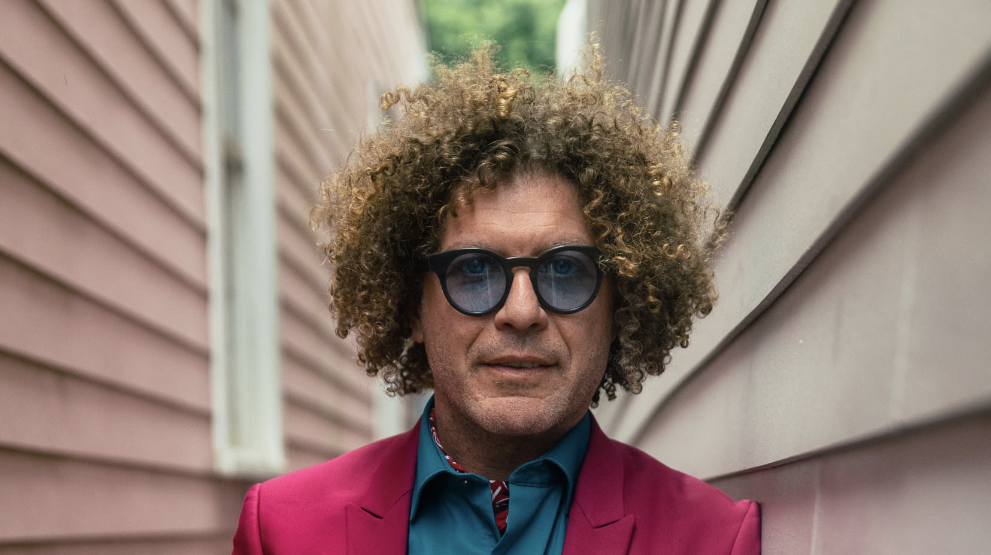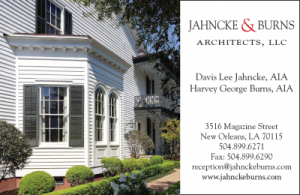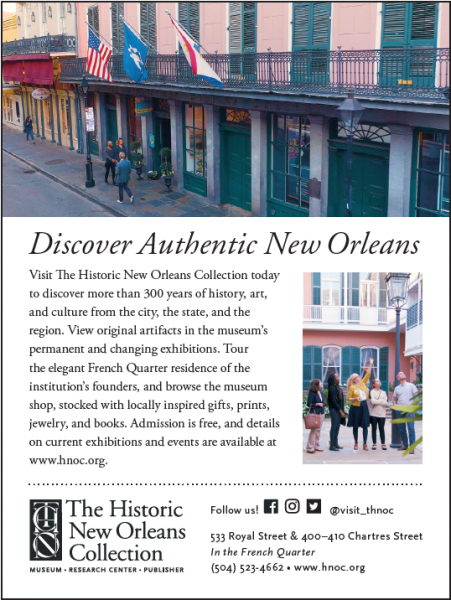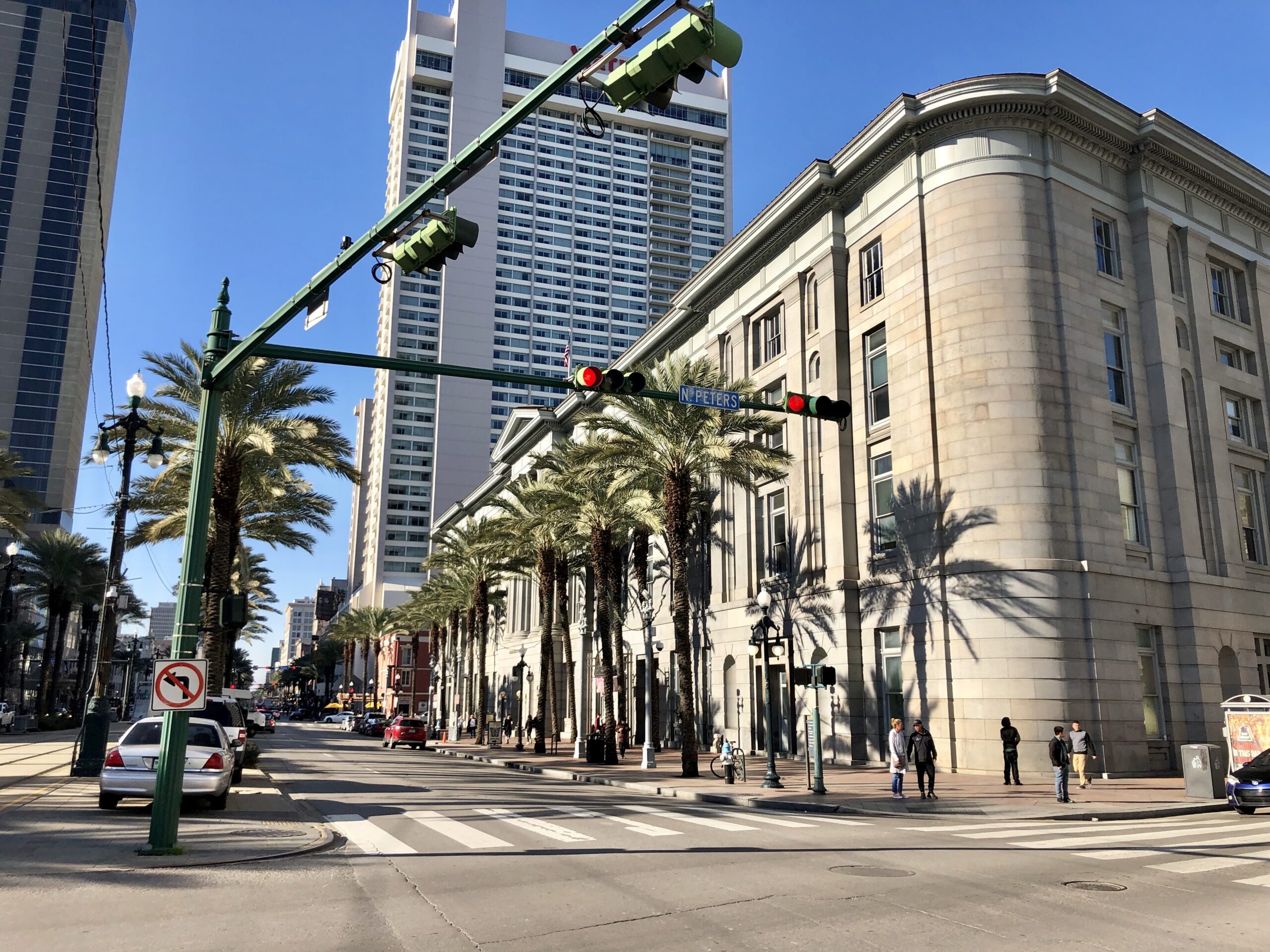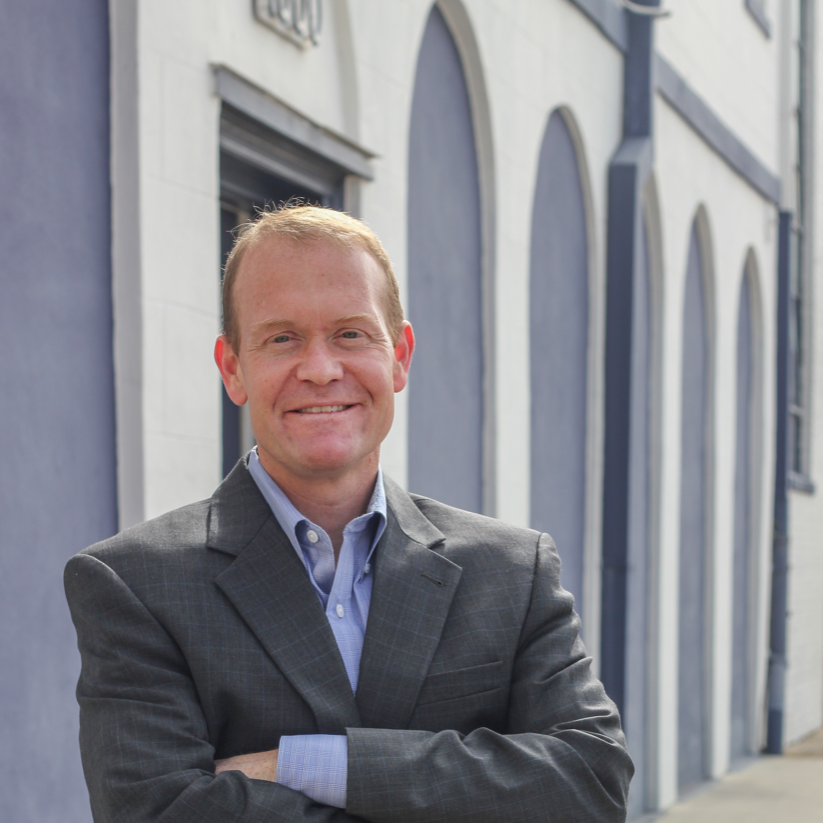I’m a Preservationist
Ben Jaffe is the creative director of Preservation Hall and a tuba player and bassist with the Preservation Hall Jazz Band. Here he shares his thoughts on the meaning of “preservation.”
This story first appeared in the February issue of the PRC’s Preservation in Print magazine. Interested in getting more preservation stories like this delivered to your door each month? Become a member of the PRC for a subscription!
The Preservation Hall building, which dates to the early 19th century, feels like another member of the band. How big a role does the building play in the overall music experience?
The building at 726 St Peter St. that houses Preservation Hall is central to the experience. To me, it’s no different than walking into Notre Dame. The wonderment you experience from the environment is awe inspiring. That’s what Preservation Hall is to me: a space where magic takes place every night. Space and place are central to what goes on in there. It’s like going to Galatoire’s, Dooky Chase’s or Antoine’s: is it the space, hospitality or the cuisine? I like to think it’s a beautiful balance of all of those things. That’s what the Hall is: a balance of the space, the musicians, the people who make it happen, what takes place in the space, and the people who come every night. They’re the ones making the pilgrimage.
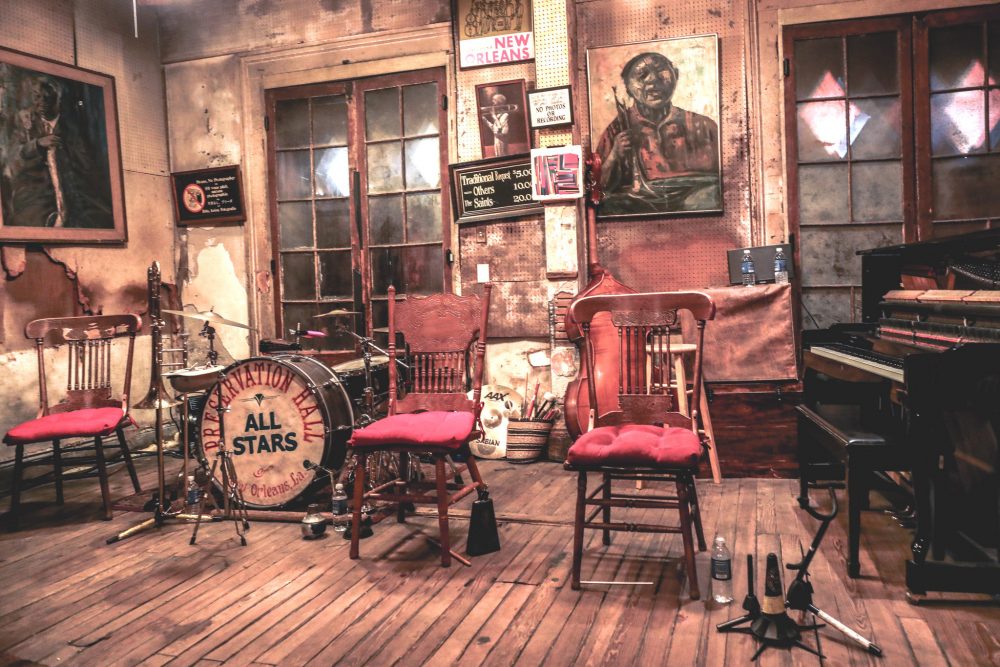
Photo by Darren Cowley
Congratulations on the theatrical release this month of the documentary, “A Tuba to Cuba,” about Preservation Hall’s relationship with Cuban musicians. The PRC also is forging connections with Cuba, hosting a trip this fall focused on the preservation of Havana’s historic architecture. What is your impression of Cuba today and its historic connection to New Orleans?
I’ve always been fascinated by and interested in our city’s historical and cultural ties to Cuba. Like Haiti, it’s truly the closest real neighbor we have. I think of New Orleans as Northern Cuba. Musically, culturally, historically, it runs deep. So when the opportunity presented itself, I couldn’t get the band there quickly enough. It was like visiting relatives you’ve only heard about. In many ways, it reminded me of what my parents (founders of Preservation Hall) must have felt and encountered when they first came to New Orleans in the early 1960s. Many of the historic buildings in Cuba are in some sort of decay. While it is beautiful to look at, their future stability is concerning. In my mind, I don’t separate the type of protective measures we must take for culturally important traditions and architecturally significant structures. They both need constant attention or they will both disappear.
You grew up in the French Quarter, just a few blocks from Preservation Hall. What was your childhood like and how did it influence your work today?
When people find out I grew up in the French Quarter, in their mind I may as well have told them I grew up on Mars! Most people can’t even imagine what life was like for me. Over time, what I’ve come to understand and appreciate is (that) it was all very normal to us. Living in a house with a yard, that was a fantasy. That was something we saw in the movies at the Joy. Skateboarding in Jackson Square, walking down Bourbon Street, hanging at the Hall, that was our normal, everyday life. We didn’t know anything else existed. We shopped at the A&P on Royal Street. Our dentist was in the Maison Blanche building. We didn’t have a car, so if we couldn’t walk there, it was outside our world. Ruby Red’s, back on Esplanade where the Dragon’s Den is now, was the edge of our universe. If you went further than that we thought you’d fall off the Earth.
Advertisement
Tell us about the plans for this year’s Krewe du Kanaval, Preservation Hall’s Haitian-inspired Carnival krewe formed with the band Arcade Fire. How does it support the Preservation Hall Foundation mission?
We formed Krewe Du Kanaval last year with our friends Win Butler and Regine Chassagne from Arcade Fire. I visited Haiti with them for the first time years ago. We visited the programs they are involved with through their foundation KANPE, which supports medical and humanitarian efforts in an underserved, remote area of Haiti. On this visit, we brought instruments with us and worked with a group of young musicians in the central plateau. I’ve seen recent footage of the students, and now they have a professional band! The historical and cultural history we share with Haiti is palpable. It’s very much alive: the music, the religious practices, the food, the spirit of the community, the strength and resiliency of the people. We wanted to celebrate our shared history in a new way that also celebrated many of our traditions that get lost in the Mardi Gras shuffle. We wanted to draw attention to places like Congo Square and people like Leah Chase, Charlie Gabriel, Irma Thomas, DJ Jubilee. These are the kings and queens of our city. Through krewe membership and our Kanaval Ball at the Civic, we raise funds that go back to our two foundations to help underwrite the work each of our organizations do in New Orleans and in Haiti. Here at home, education is central to the mission of the Preservation Hall Foundation. It feels good to do something that celebrates our city in such a meaningful way. I challenge everyone to value living here as a privilege that comes with great responsibility.
The PRC and Preservation Hall both are committed to preserving vital parts of New Orleans’ history. What does “preservation” mean to you?
I spend a lot of time thinking about preservation, particularly what it means with regards to what we do at Preservation Hall. It really started coming into focus after Hurricane Katrina. I’ve always struggled with the word “preservation.” It can be seen as trying to capture a moment in time and preserving it in a bottle on a shelf, and that’s not what or who we are. Preservation Hall, like New Orleans, is ever evolving. Preservation Hall has always reflected what was happening at that moment in time. When my parents arrived, it meant creating a space that celebrated these aging, African-American Jazz pioneers — cultural heroes. As these men and women made their transitions, it’s always been a struggle to identify what Preservation Hall should evolve into. I remember in 1984, the year of the World’s Fair, our dad sitting us down and having a real conversation about the Hall. He was ready to lose the Hall. He felt like it had done more than he had ever thought it would do. It had outlived his imagination. That’s where his and my experience branch off. He captured a moment in time. A historical snapshot. What we do today is apply what is, to me, the most important definition of preservation: to protect. That means more than hosting concerts every night. It means being involved in the community and supporting the next generation of musicians. It means honoring our core values and celebrating them. We recently gave three young students sousaphone tubas to further their musical education. That’s preservation. That’s protecting our future. Preservation Hall is a living and breathing organism. Like a building, there should be life — life in it, life around it. Otherwise it dies. A building is an organism. It serves a function in our community. One building is a family; one building is a business. One building gone can be disruptive, like when a member of our musical community passes on. It challenges us, and I like that. I like challenges.
Advertisements




